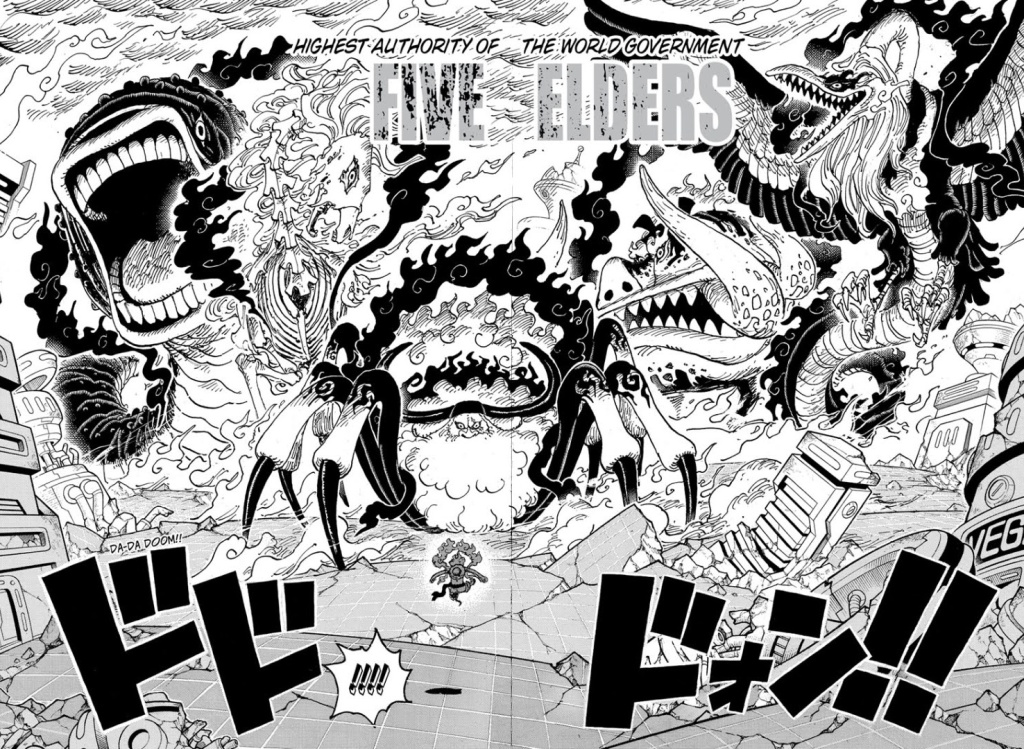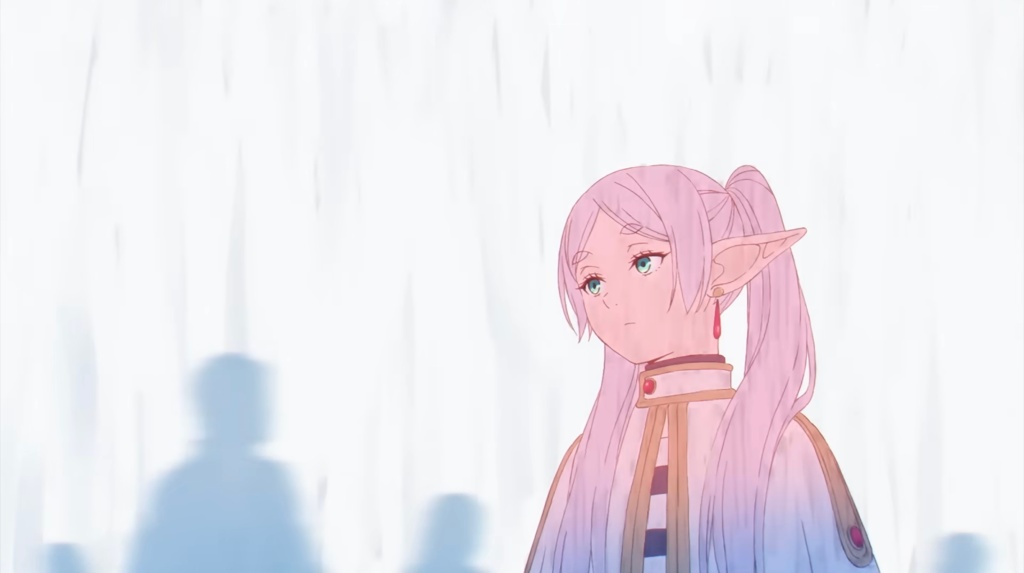The first time I learned that some anime and manga fans dislike Tanjiro from Demon Slayer, I was genuinely surprised. To me, he’s one of the best shounen protagonists in a long time: a gentle soul whose greatest qualities are love and empathy, and who is fueled by those emotions to get stronger. And in terms of the battles Tanjjro fights, I really enjoy how every victory feels like it came at great cost to him, emotionally and physically.
“How could anyone not like Tanjiro?” I wondered. Even knowing that this was probably a minority of viewers, I decided to just look at online comments both off the cuff and more detailed, and saw a few recurring criticisms. Namely, the goodness of Tanjiro can make him come across as preachy or self-righteous. He’s too good, lacking any darkness whatsoever, and this can be difficult to relate to.
I understand not being into goody two-shoes, but what confused me at first is that it’s not like Tanjiro is a perfect unstoppable hero. He’s often unable to defeat demons on his own, and it means that battles are more of a collective effort. However, I eventually realized that this too can be seen as an unappealing trait precisely because he didn’t win on his own.
Things changed in terms of my understanding when I began thinking in pro wrestling terms. Essentially, I think a lot of people who aren’t fond of Tanjiro—or other similar characters like Deku from My Hero Academia—want heroes more akin to wrestling greats like Stone Cold Steve Austin, The Rock, and post-1980s Sting. Back in the 1990s, antiheroes became much more prominent in entertainment as a whole, and while they were often underdogs against an oppressive greater force, they were also rowdy ass kickers. In contrast, Tanjiro is what wrestling fans call a “white meat babyface,” or an unabashed good guy. In wrestling, this is often “solved” by having the good guy turn bad, become edgier, and then become good again so that they carry at least a bit of a dark side with them. This literally happened with The Rock, and even Deku has a similar phase—one that certain fans had wanted Deku to reach the entire time. Some folks are just looking for badasses.
All this reminds me of a post I wrote back when Kill la Kill was the big thing. At that time, some fans saw Ryuko as a one-dimensional protagonist because she’s a perpetually angry ass kicker who doesn’t have a grand arc full of character development. She doesn’t change on a fundamental level, and this was viewed incorrectly as “poor writing.” I think a similar thing happens with Demon Slayer, only with a different type of main character. That’s not to say preferences aren’t allowed to exist, but that they are not to be confused with neutral objectivity.
For Tanjiro and other “good boy” characters, the purity of their compassion is a beacon of hope that kindness and love can be enduring sources of strength. The fact that Tanjiro never changes at his core reinforces that power. At least, that’s my interpretation. What I’ve since learned is that others might see that aspect as something bland and in need of “development.” To this, I would say that being able to maintain one’s empathy even as the world grows more cruel is a fine character arc because it is in itself a true challenge that requires adapting and honing oneself to overcome the temptation to do otherwise.
















